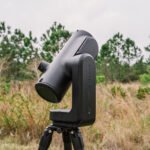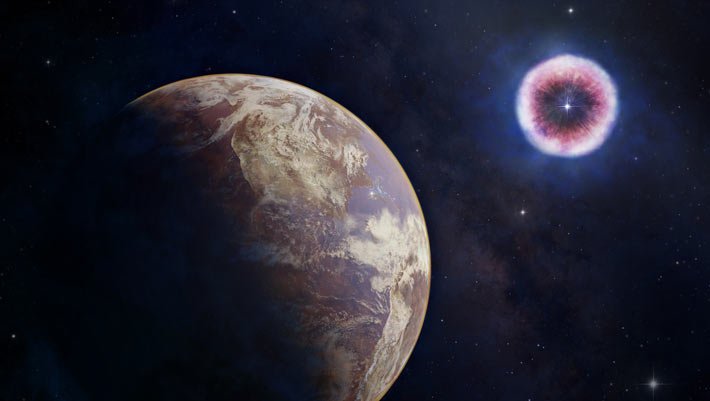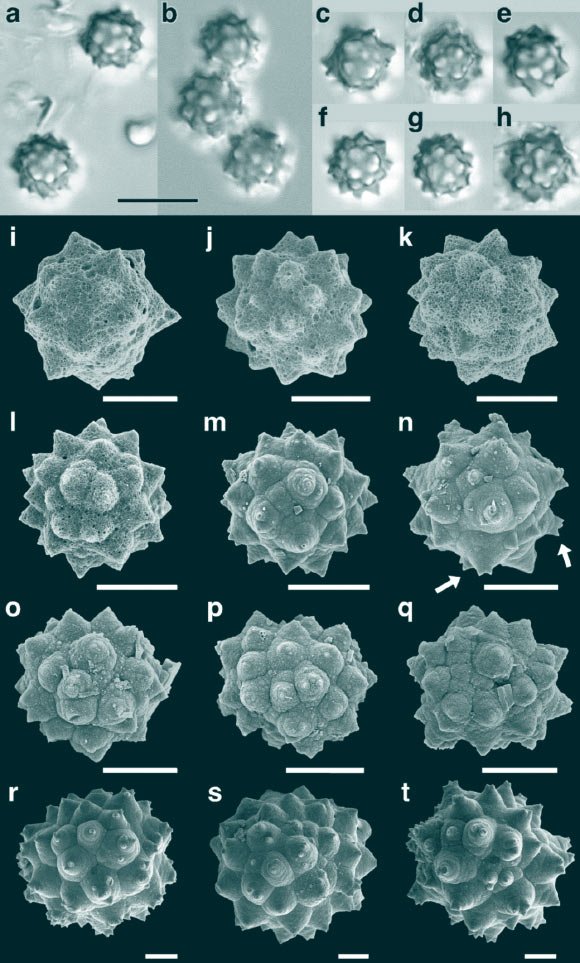The field of SETI searches for technosignatures could provide the first detection of life beyond Earth through the technology that an extraterrestrial intelligence may have created. Any given SETI survey, if no technosignatures are detected, should set upper limits based on the kinds of technosignatures it should have been able to detect; the sensitivity of many SETI searches requires that their target sources emit with power far exceeding the kinds of technology humans have developed. In a new paper, SETI scientists evaluate the maximum distance of detectability for various present-day Earth technosignatures — radio transmissions, atmospheric technosignatures, optical and infrared signatures, and objects in space or on planetary surfaces — using only present-day Earth instruments, providing one of the first fully cross-wavelength comparisons of the growing toolbox of SETI techniques.

Sheikh et al. investigated the distances at which technosignatures of the modern-day Earth could be detected with the astronomical instrumentation of the modern-day Earth in a formulation they called ‘Earth detecting Earth.’ Image credit: Breakthrough Listen Initiative.
SETI scientists search for advanced alien civilizations by looking for signs of technology — signals or patterns that cannot be explained by natural phenomena that may indicate intelligent life.
These signals are called technosignatures and come in various forms.
Radio telescopes are the most commonly used tool for SETI searches.
SETI scientists also use optical telescopes to scan for laser pulses that could indicate communication or propulsion patterns.
Another approach involves studying the atmospheres of exoplanets in habitable zones around stars to look for chemical signatures that might suggest life or industrial activity.
SETI scientists also consider technologies far beyond those currently invented on Earth, such as Dyson spheres, but these far-future technologies were not considered in this new study.
“Our goal with this project was to bring SETI back ‘down to Earth’ for a moment and think about where we really are today with Earth’s technosignatures and detection capabilities,” said Dr. Macy Huston, an astronomer at the University of California, Berkeley.
“In SETI, we should never assume other life and technology would be just like ours, but quantifying what ‘ours’ means can help put SETI searches into perspective.”
In the study, Dr. Huston and colleagues found that radio signals, such as planetary radar emissions from the former Arecibo Observatory, are Earth’s most detectable technosignatures, potentially visible from up to 12,000 light-years away.
Atmospheric technosignatures — such as nitrogen dioxide emissions — have become more detectable than they were a decade ago, thanks to advances in instruments like the NASA/ESA/CSA James Webb Space Telescope and the upcoming Habitable Worlds Observatory (HWO).
“With HWO we could detect these emissions from as far as 5.7 light-years away, just beyond our closest stellar neighbor, Proxima Centauri,” the astronomers said.
Finally, as you get closer and closer to Earth, you would detect more and more human-made signatures simultaneously, including city lights, lasers, heat islands, and satellites, offering a comprehensive view of our technological presence.
“One of the most satisfying aspects of this work was getting to use SETI as a cosmic mirror: what does Earth look like to the rest of the galaxy? And how would our current impacts on our planet be perceived,” said Dr. Sofia Sheikh, an astronomer at the SETI Institute.
“While of course we cannot know the answer, this work allowed us to extrapolate and imagine what we might assume if we ever discover a planet, with, say, high concentrations of pollutants in its atmosphere.”
“Future telescopes and receivers could enhance our detection sensitivity or enable us to identify new types of technosignatures, such as such as other atmospheric signatures of pollution.”
“Repeating this type of study over the years as astronomical technology advances and the human impact on the planet evolves could provide fresh insights and refine our approach to discovering extraterrestrial life.”
The results appear in the Astronomical Journal.
_____
Sofia Z. Sheikh et al. 2025. Earth Detecting Earth: At What Distance Could Earth’s Constellation of Technosignatures Be Detected with Present-day Technology? AJ 169, 118; doi: 10.3847/1538-3881/ada3c7











